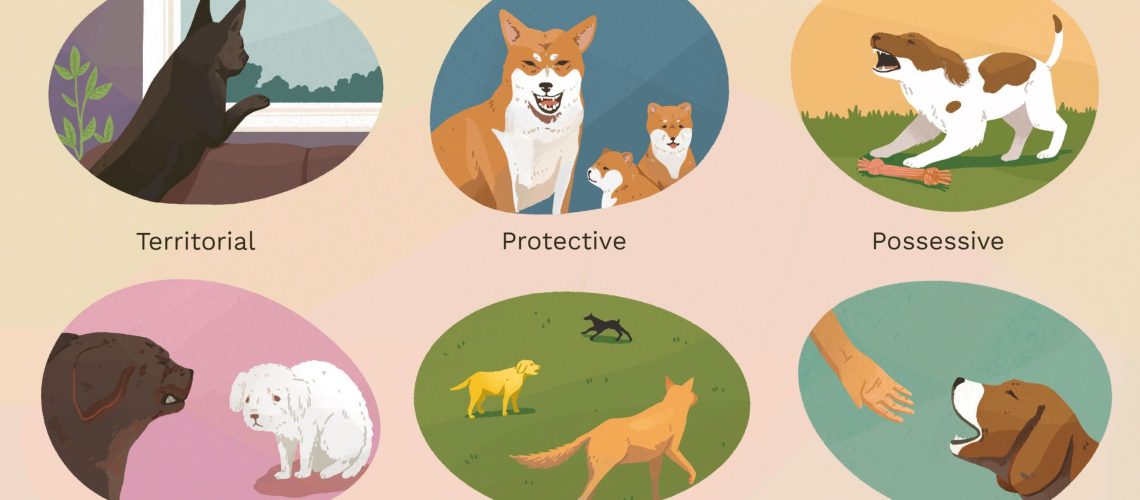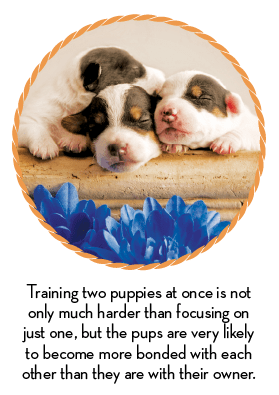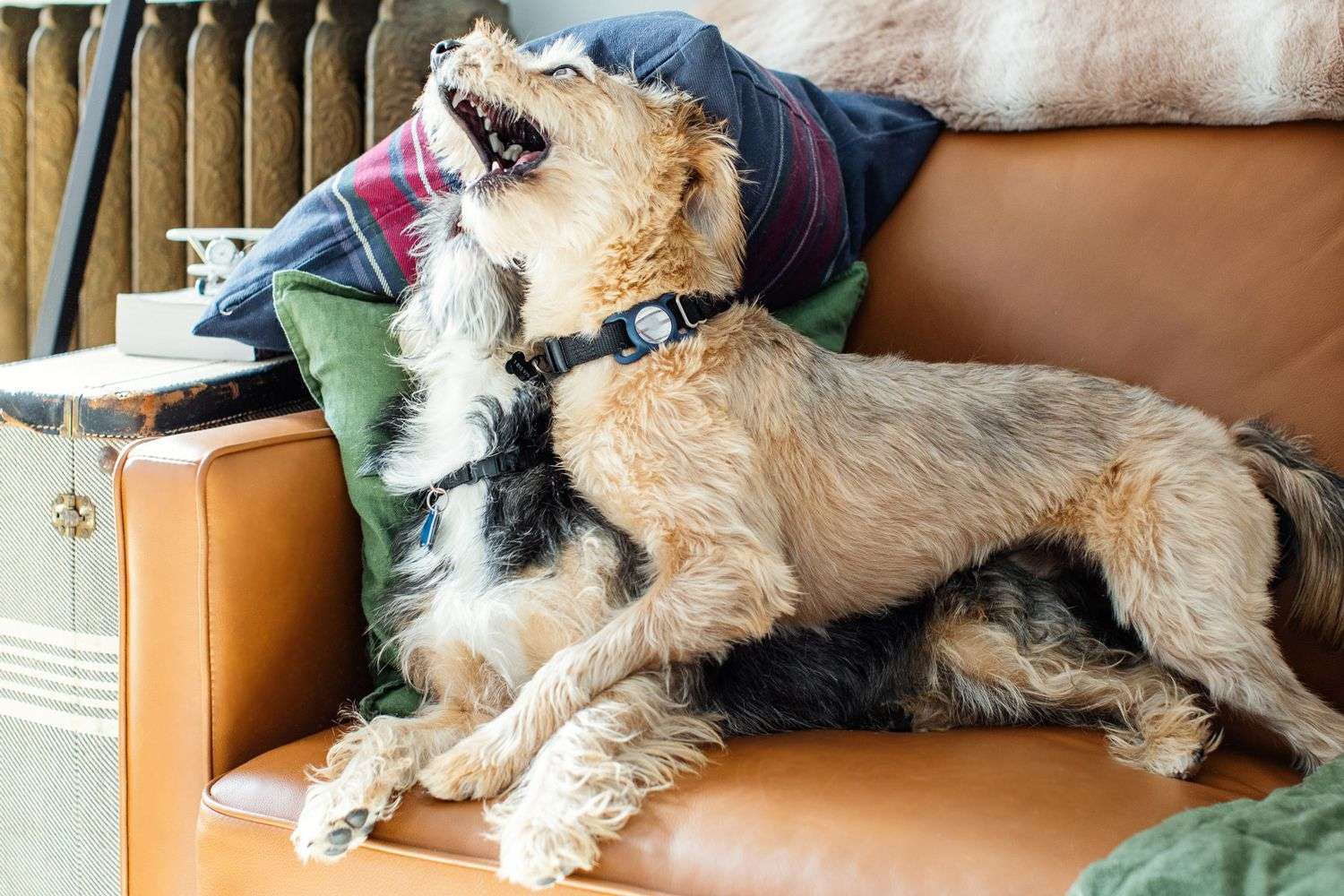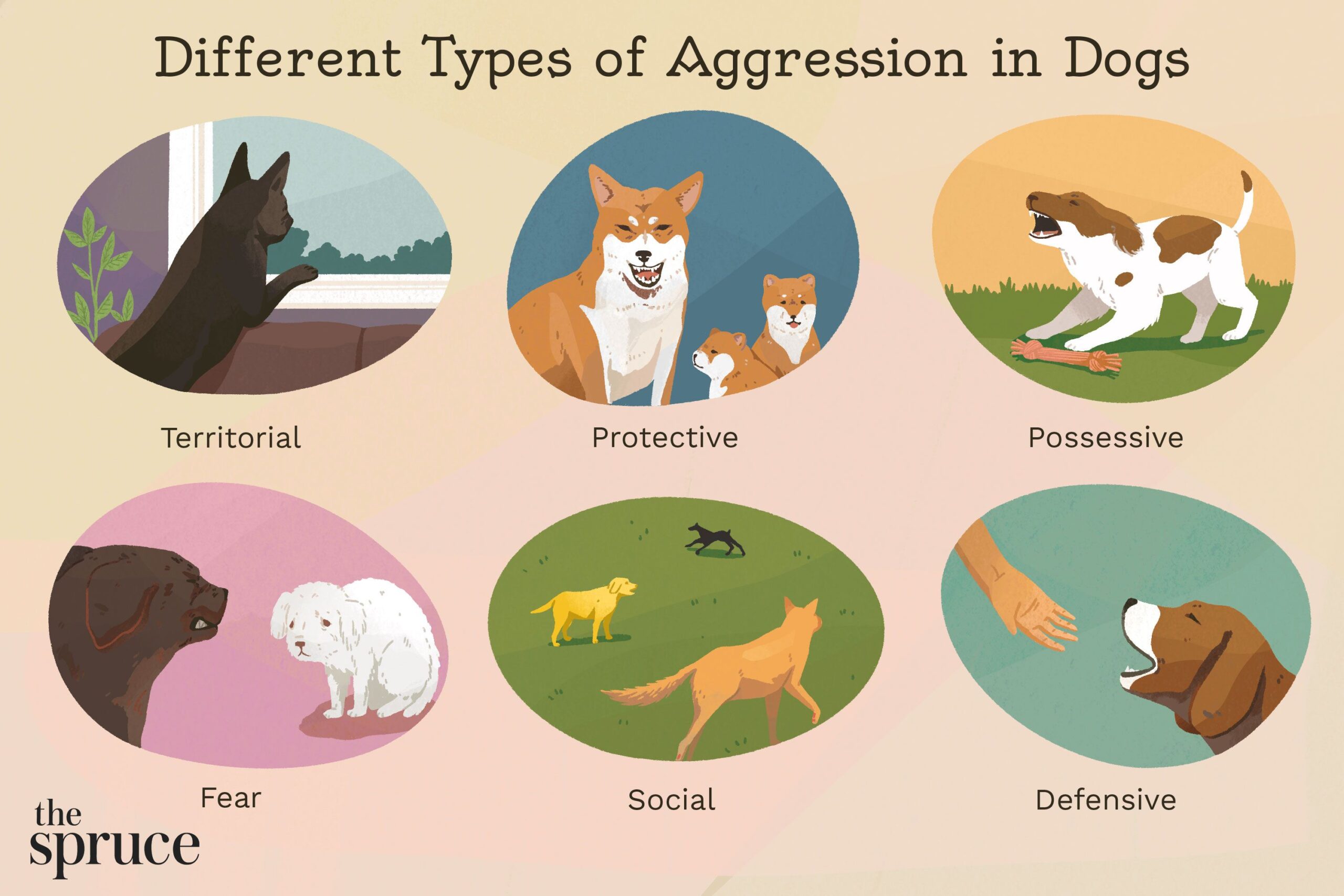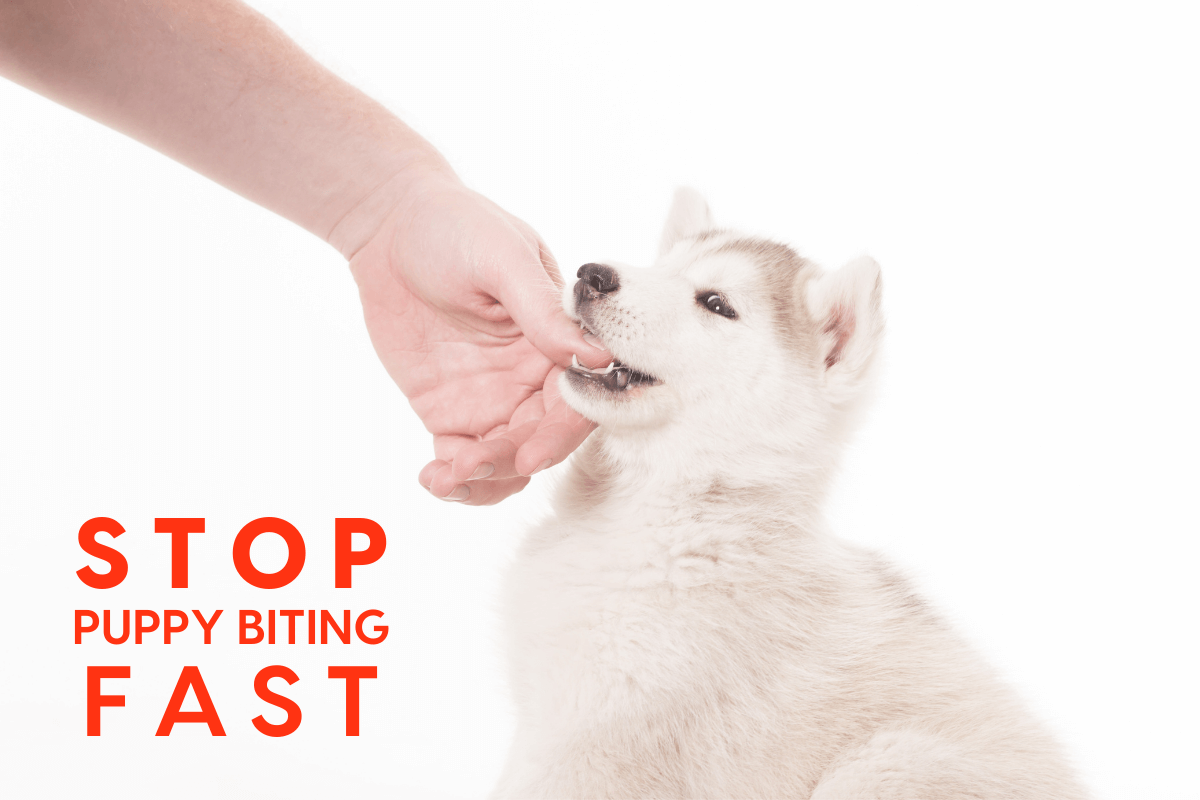Key Takeaways:
- Aggression in dogs can be caused by a variety of factors, including fear, territoriality, and resource guarding.
- Early socialization and proper training are crucial in preventing aggression in dogs.
- Understanding the body language and warning signs of aggression can help prevent potential conflicts.
- Seeking professional help from a veterinarian or dog trainer is important when dealing with aggressive behavior in dogs.
- Positive reinforcement techniques and consistent discipline can be effective in managing and reducing aggression in dogs.
Do you ever wonder why some dogs can become aggressive? It's a topic that often leaves pet owners feeling confused and helpless. But understanding the reasons behind this behavior is not only essential for your dog's well-being, but also for the safety of those around them. In this article, we will explore the various factors that can contribute to a dog's aggression and provide you with practical tips on how to stop it. By gaining insight into this subject, you'll be equipped with the knowledge to create a harmonious and safe environment for both you and your furry friend. So let's dive in and discover the secrets behind canine aggression!
Why do dogs sometimes get angry?
Dogs, just like humans, can experience a wide range of emotions, including anger. There are several reasons why a dog may become angry or aggressive. One common reason is fear or anxiety. If a dog feels threatened or scared, it may lash out in anger as a way to protect itself. Another reason is territorial aggression. Dogs are naturally protective of their territory and may become angry if they feel that their space is being invaded.
Additionally, dogs may also become angry due to frustration or pain. If a dog is unable to fulfill its needs or is experiencing discomfort, it may exhibit aggressive behavior as a way to communicate its distress. It's important to remember that dogs cannot express their emotions through words like humans can, so aggression is often their way of expressing their feelings.
Common things that make dogs angry
There are certain triggers that commonly make dogs angry or aggressive. These triggers can vary from dog to dog, but some common ones include:
- Being approached by unfamiliar people or animals
- Having their food or toys taken away
- Feeling threatened by loud noises or sudden movements
- Being in pain or discomfort
- Protecting their territory or family members
How can you tell if a dog is angry?
Dogs have certain body language cues that indicate they are feeling angry or aggressive. Some signs to look out for include:
- Bared teeth and growling
- Raised fur along the back and tail
- Pinned-back ears
- Tail held high and rigid
- Stiff body posture
- Direct, intense eye contact
If you notice these signs in a dog, it's important to give them space and avoid any actions that may further provoke their anger. It's always best to approach an angry dog with caution and seek professional help if necessary.
Ways to stop a dog from getting angry
There are several strategies you can use to prevent or stop a dog from becoming angry or aggressive:
- Socialization: Exposing your dog to different people, animals, and environments from a young age can help them become more comfortable and less prone to anger.
- Positive reinforcement training: Rewarding good behavior with treats and praise can encourage your dog to remain calm and obedient in various situations.
- Adequate exercise: Ensuring your dog gets enough physical activity can help reduce pent-up energy and prevent frustration that may lead to anger.
- Consistent routine: Establishing a predictable daily routine for your dog can help them feel secure and minimize stress or anxiety triggers.
- Avoidance of triggers: Identifying specific situations or stimuli that make your dog angry and avoiding them whenever possible can help prevent outbursts of aggression.
Can teaching and making friends help calm down an angry dog? Explain.
Yes, teaching a dog obedience commands and providing opportunities for socialization with other dogs and humans can be beneficial in calming down an angry dog. By teaching a dog basic commands like "sit," "stay," and "leave it," you establish yourself as the leader and provide structure for the dog's behavior. This helps the dog understand what is expected of them in different situations and can prevent them from reacting angrily.
Additionally, making friends with other dogs and humans through controlled introductions and supervised playdates can help an angry dog learn appropriate social behavior. Positive interactions with well-behaved dogs can help the angry dog develop better social skills and reduce their tendency to become aggressive. However, it's important to introduce new friends slowly and carefully to ensure the safety of all involved.
Simple ways to make an angry dog calm down
If you find yourself dealing with an angry dog, there are a few simple techniques you can try to help calm them down:
- Stay calm: Dogs are highly attuned to human emotions, so remaining calm yourself can help signal to the dog that there is no need for aggression.
- Give space: Backing away and giving the dog some distance can alleviate their feelings of being threatened or cornered.
- Avoid direct eye contact: Direct eye contact can be seen as a challenge or threat by a dog. Instead, look away or at the ground while still keeping an eye on the dog's movements.
- Use calming signals: Calming signals are body language cues that dogs use to communicate non-aggression. These include yawning, turning their head away, or licking their lips. Mimicking these signals may help diffuse tension.
- Seek professional help: If your attempts to calm down an angry dog are not successful or if you feel unsafe, it's important to seek assistance from a professional dog trainer or behaviorist who can provide guidance tailored to your specific situation.
What should you do if you come across an angry dog?
If you encounter an angry or aggressive dog while out and about, it's crucial to prioritize your safety. Here are some steps to follow:
- Remain calm and avoid sudden movements.
- Do not run away, as this may trigger the dog's prey drive.
- Try to put an object, such as a tree or a backpack, between you and the dog to create a barrier.
- Avoid direct eye contact with the dog.
- If the dog approaches you, stand still like a tree and keep your hands by your sides.
- If the dog knocks you down, curl into a ball and protect your face and neck with your arms.
- Once the dog has lost interest or moved away, slowly back away from the area without turning your back on the dog.
If you are bitten or injured by an angry dog, seek medical attention immediately and report the incident to local authorities. It's important to remember that each situation is unique, so it's always best to consult with professionals for specific guidance on dealing with aggressive dogs.
In conclusion, dogs may become aggressive due to fear, territorial instinct, or past experiences. To stop aggression in dogs, it is important to provide proper socialization, training, and a safe environment for them to feel comfortable and secure.
What triggers dogs to be aggressive?
Dogs may display aggression as a result of various reasons such as territorial guarding, protecting resources or family members, fear, frustration, prey drive, or pain. In any of these situations, a dog can quickly shift from reactive, fearful, or guarding behaviors to exhibiting aggressive behavior.
Can dog aggression go away?
There are varying degrees of fixability when it comes to aggression cases in dogs. While some cases can be completely resolved, others will always require ongoing management. It is dishonest or uninformed to claim that any aggression case can be completely and permanently resolved without exception.
Can you trust a dog after it bites?
Is it possible for a dog that has bitten someone to regain trust? With proper patience and care, many dogs can learn to better manage their stress levels. As you improve your communication skills with your dog, you will also begin to rebuild trust with them.
What is the most common aggression in dogs?
"Fear or anxiety based aggression is likely the most prevalent type of aggression seen in dogs." Initially, dogs may display defensive behaviors as a response to perceived threats, aiming to create distance or communicate a desire for the threat to stay away. However, through learned behavior, the aggression may become more offensive.
Are dogs aggressive because of their owners?
While it is true that aggressive dogs can sometimes mirror the behavior of their owners, there are various other factors that contribute to a dog's abnormal aggression. Research conducted by Michigan State University suggests that dogs with aggressive or anxious temperaments frequently have owners who exhibit negative personality traits.
Should you punish your dog for biting?
Avoid physically punishing your dog for biting. Biting and mouthing are not aggressive behaviors, but rather a natural process for a dog to cope with the growth of their new teeth and to familiarize themselves with their surroundings. In fact, physically punishing your dog can often lead to increased aggression and fear.



